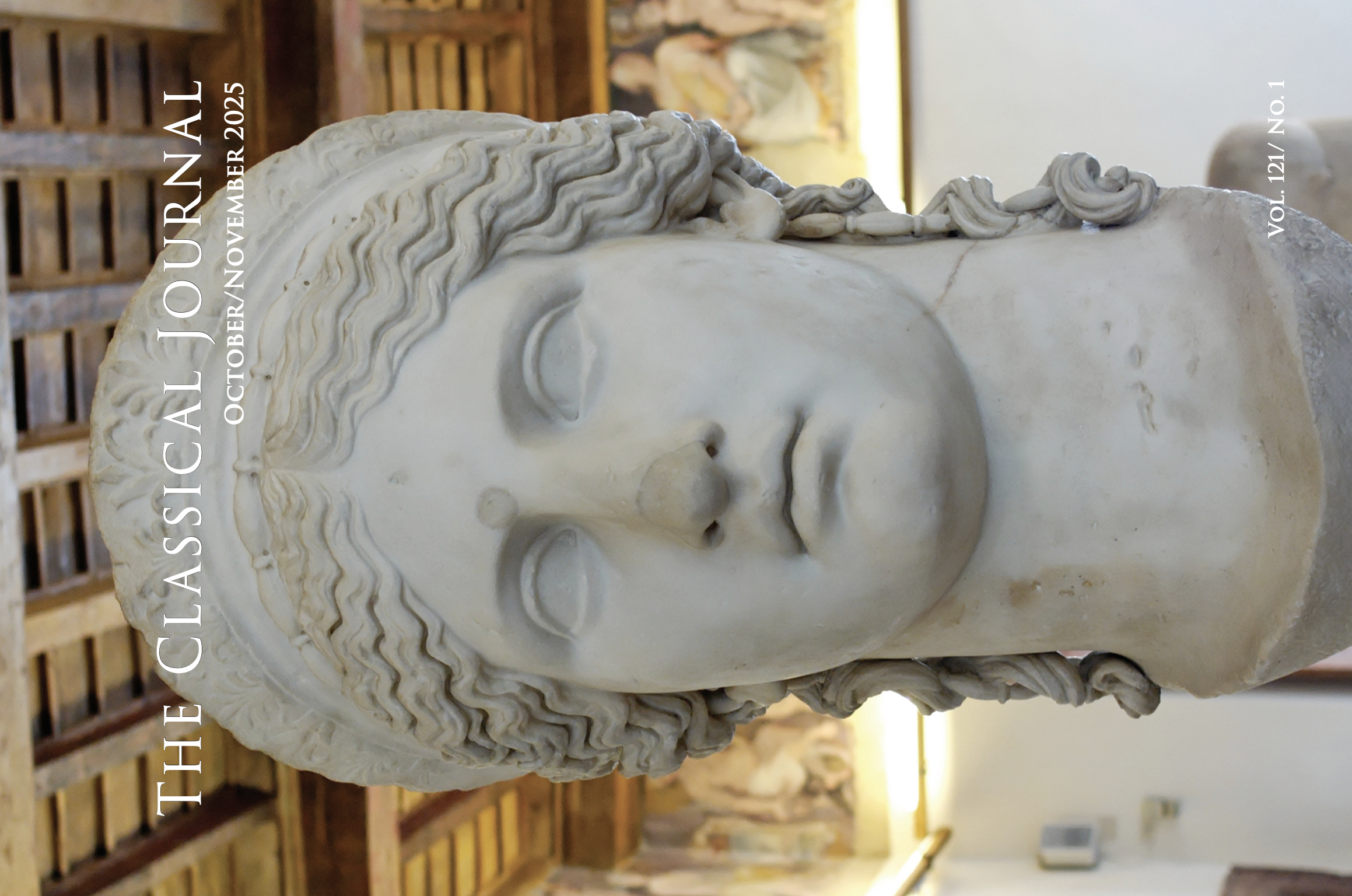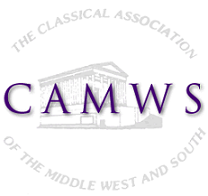The following articles are contained in CJ
115.2
Abstracts of Articles
CYDIPPE THE POET
Metapoetics is a strong focus of the scholarship on Ovid’s Heroides 20–1. Viewed from this perspective, the figure of Acontius is frequently regarded as a prefiguration of the poet, while Cydippe has traditionally been seen as the poet-lover’s object. This article argues that Cydippe too may be understood as an embodiment of the poet—even, to some degree, of the poet Ovid. The argument for this identification emerges from a close analysis of Callimachean and Ovidian allusions that appear to promote significantly different kinds of poetics in the two letters. Finally, the article reflects on the ways in which the notion of Cydippe as a prefiguration of the poet may inform our appreciation of Ovid’s Callimacheanism.
POSITIONING AENEAS: A PROPOSED EMENDATION TO AENEID 7.5
The text of Aeneid 7.5 on the rites performed for Caieta, is suspicious for several reasons, most notably the unparalleled sedes of Aeneas. I argue that Virgil wrote at pius Aeneas sacris iam rite solutis, and that exsequiis is an intrusive gloss (evidence for which may be found in the ancient manuscripts). With sacris, Virgil seems to be suggesting cult honors as part of a complex allusion to Apollonius’ Argonautica and Callimachus’ Hecale. I also discuss four verse passages in Ovid, Petronius and Columella to argue that sacris would suggest a cult and, especially, that Ovid and Columella had a text of Virgil with sacris, not exsequiis.
PENELOPE’S ODYSSEY
This paper argues that as the author of the first letter of Ovid’s Heroides Penelope, in addition to expressing her wishes for her husband’s return, takes on the role of Ulysses himself; she goes to war, travels the seas and eventually comes home. She does so by manipulating the space of her story and wielding her letters as her surrogates. Contrary to her standard portrait, Penelope in the Heroides is a capable narrator, conscious of her mythological and literary tradition, who seeks to break away from her static role through the act of writing. Ovid’s Penelope structures her narrative to take it to Troy and then return to Ithaca on her own odyssey.
READING GENDER IN PHAEDRUS’ FABULAE
In Phaedrus’ Fabulae, physical appearance is an unreliable sign of gender, but behavior reveals the truth. In 4.15, what appears to be a woman’s tongue is actually genitalia, as shown through its use in oral sex. In 4.16, some individuals with penises are women and some individuals with vaginas are men, as their sexual preferences show. The goats of 4.17 are female (despite their beards) because they lack courage. In App. 10, an effeminate-seeming man proves himself manly through his courage. These fables run contrary to the Roman cultural norm that gender can be determined at sight. In fables, appearances are deceiving.
TEACHING FIRST-YEAR WRITING THROUGH CLASSICS
First-year writing courses can be a challenge for both instructors and students. This paper describes a first-year writing course developed, taught and continuously refined by one classicist. The course combines writing instruction with primary and secondary material relating to the ancient world. Students who might otherwise never take a classics course can thus engage with ancient Greece and Rome. Such a course can extend Classics into other areas of the college curriculum and expand the number of students who learn about antiquity.


